Have you ever wondered why different cannabis strains can make you feel so… well, different? The secret lies in tiny molecules called terpenes, and a terpene chart is your map to understanding them.
Terpenes are aromatic compounds found in many plants, including cannabis. They’re responsible for the distinct smells and flavors you experience, but that’s not all. These little powerhouses also play a crucial role in how cannabis affects your body and mind.
A terpene chart is a visual guide that breaks down the various terpenes found in cannabis strains. It’s like a cheat sheet for understanding what each strain might do for you. Whether you’re looking to relax, boost your mood, or find relief from certain symptoms, a terpene chart can help you make informed choices.
A terpene chart isn’t just a pretty picture – it’s a wealth of information waiting to be tapped. Let’s break it down:
Reading a terpene chart might seem daunting at first, but it’s simpler than you think. Start by focusing on the terpenes most prevalent in strains you enjoy. Look for patterns in the effects and aromas. Over time, you’ll start to see connections between the terpenes present and how you feel after using a particular strain.
Let’s dive into the stars of the show – the top 10 terpenes you’ll find on most cannabis terpene charts.
Myrcene is the most common terpene in cannabis. It’s known for its earthy, musky aroma and its potential to enhance the couch-lock effect of some strains. If you’re looking to unwind after a long day, strains high in myrcene might be your go-to.
Flavor and Aroma:
Health Effects:
As its name suggests, limonene has a citrusy scent. It’s linked to elevated mood and stress relief. If you need a pick-me-up, look for strains with high limonene content on your terpene chart.
Flavor and Aroma:
Health Effects:
Pinene smells like – you guessed it – pine trees. It’s associated with improved alertness and memory retention. Some users report it helps counteract some of THC’s unwanted effects, like short-term memory issues.
Flavor and Aroma:
Health Effects:
With its spicy, peppery notes, caryophyllene is unique. It’s the only terpene known to interact with the body’s endocannabinoid system. It’s linked to reducing anxiety and easing pain.
Flavor and Aroma:
Health Effects:
Linalool is responsible for the lavender-like scent in some strains. It’s known for its calming effects and potential to reduce anxiety. If you’re prone to cannabis-induced paranoia, linalool-rich strains might be worth a try.
Flavor and Aroma:
Health Effects:
Humulene has an earthy, woody aroma. Unlike THC, which often increases appetite, humulene might help suppress it. It’s also being studied for its potential anti-inflammatory properties.
Flavor and Aroma:
Health Effects:
Terpinolene has a complex aroma, often described as floral with hints of pine and citrus. It’s known for its sedative effects, making it popular in evening-use strains.
Flavor and Aroma:
Health Effects:
Ocimene has a sweet, herbal scent. While less common, it’s gaining attention for its potential decongestant and anti-inflammatory properties.
Flavor and Aroma:
Health Effects:
Bisabolol has a light, floral scent. It’s known for its potential skin-healing properties and is being studied for its possible role in reducing skin inflammation.
Flavor and Aroma:
Health Effects:
Geraniol has a rose-like scent. It’s being researched for its potential neuroprotective and antioxidant properties.
Flavor and Aroma:
Health Effects:
Understanding terpene profiles can help you predict a strain’s effects before you try it. Let’s look at some examples:
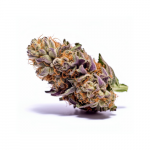
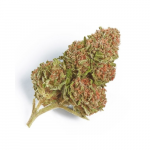
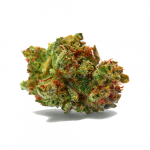
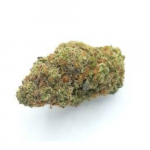
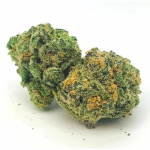
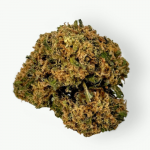
Remember, these profiles can vary based on growing conditions and phenotypes. Always check the specific batch’s terpene chart if available.
SmartCBDHub
The entourage effect is a theory suggesting that cannabis compounds work better together than in isolation. It’s like a symphony – each instrument sounds nice alone, but together, they create something magical.
Terpenes play a crucial role in this effect. They can enhance or moderate the effects of cannabinoids like THC and CBD. For example, myrcene might increase the sedative effects of THC, while limonene could balance them out with mood-lifting properties.
This synergy between terpenes and cannabinoids is why many users prefer whole-plant cannabis products over isolated compounds. It’s also why terpene charts are so valuable – they give you a peek into the potential ensemble effects of a strain.
For medical cannabis users, terpene charts are more than just interesting – they’re tools for tailoring treatment. Here’s how:
Always consult with a healthcare professional before using cannabis for medical purposes. They can help you interpret terpene charts in the context of your specific health needs.
Terpene charts aren’t just for dried flower – they’re useful for all cannabis products. Here’s how to use them:
Remember, a product’s effects aren’t solely determined by its THC or CBD content. The terpene profile plays a big role, so make it part of your selection process.
Feeling inspired? You can create your own terpene chart! Here’s how:
This personal terpene chart can be a powerful tool for optimizing your cannabis experience.
The world of terpene research is booming. Scientists are uncovering new potential benefits all the time. Some exciting areas of study include:
As research progresses, expect to see more detailed and user-friendly terpene charts. The future of cannabis is aromatic indeed!
Myrcene is typically the most abundant terpene found in cannabis strains. It’s known for its relaxing effects and earthy aroma.
Terpenes themselves don’t produce a “high” like THC does. However, they can influence the overall effects of cannabis, potentially enhancing or modulating the high.
Not at all! Terpenes are found in many plants. For example, limonene is abundant in citrus fruits, and pinene is found in pine trees.
Terpenes are largely responsible for the flavor profile of cannabis. Different combinations of terpenes create the unique tastes associated with various strains.
Absolutely! CBD products, especially full-spectrum ones, contain terpenes. A terpene chart can help you choose CBD products with specific desired effects.
While terpenes are generally considered safe, some people may be sensitive to certain ones. Always start with a small amount when trying a new strain or product.

Therapeutic Uses of CBD Managing Chronic Pain with CBD Struggling with chronic pain? CBD might help. Studies suggest it can reduce inflammation and alleviate discomfort,...
Read More
Just as CBD may help humans due to its interaction with the body’s endocannabinoid system, the same is true of dogs. CBD has the potential...
Read More
Cannabis has been used for millennia to treat numerous health conditions. Current research offers promising results on the effects of CBD oil on breast cancer.
Read More
What Is CBD for Cats? CBD (Cannabidiol) is a natural compound from hemp. It’s non-psychoactive, meaning your cat won’t get “high.” Instead, it works with...
Read More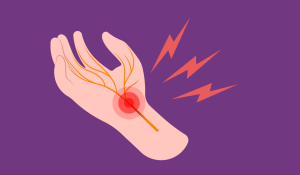
1. Understanding Neuropathic Pain Neuropathic pain results from nerve damage or dysfunction, causing symptoms like burning, tingling, or sharp shooting pains. Common Causes: Symptoms Include:...
Read More
CBD for Pets: A Pet Parent’s Guide to Dosage We all want the best for our pets, especially when they’re struggling with pain, anxiety, or...
Read More
What Is Lupus? Lupus is a long-term autoimmune condition that can impact multiple organs, including the skin, heart, lungs, and kidneys. The most common type...
Read More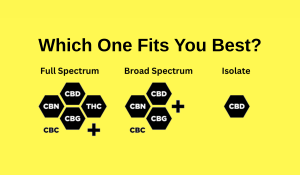
1. Full-Spectrum CBD: The All-In-One Option What it is: Contains CBD, minor cannabinoids, terpenes, flavonoids — and less than 0.3% THC. Why choose it: Promotes...
Read More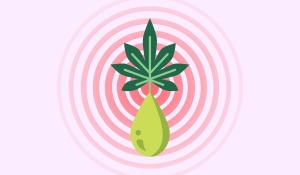
Why Use CBD for Pain? Chronic pain affects millions and often limits everyday activities. CBD, a non-intoxicating compound from hemp, is emerging as a natural...
Read More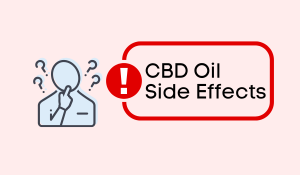
CBD Side Effects, Risks of CBD, and CBD Oil Concerns: The Real Deal While many people tolerate CBD well, it’s not without its potential drawbacks....
Read More